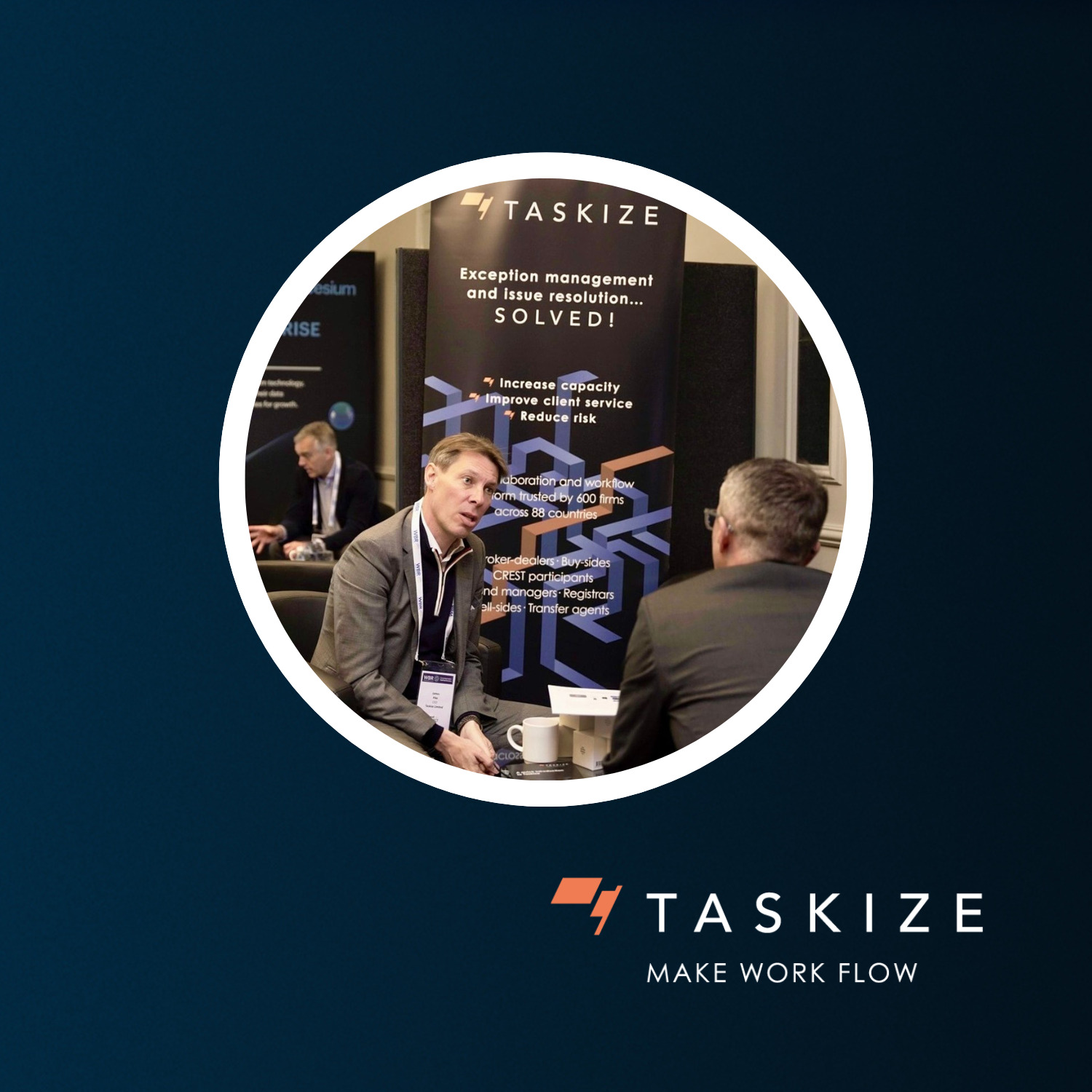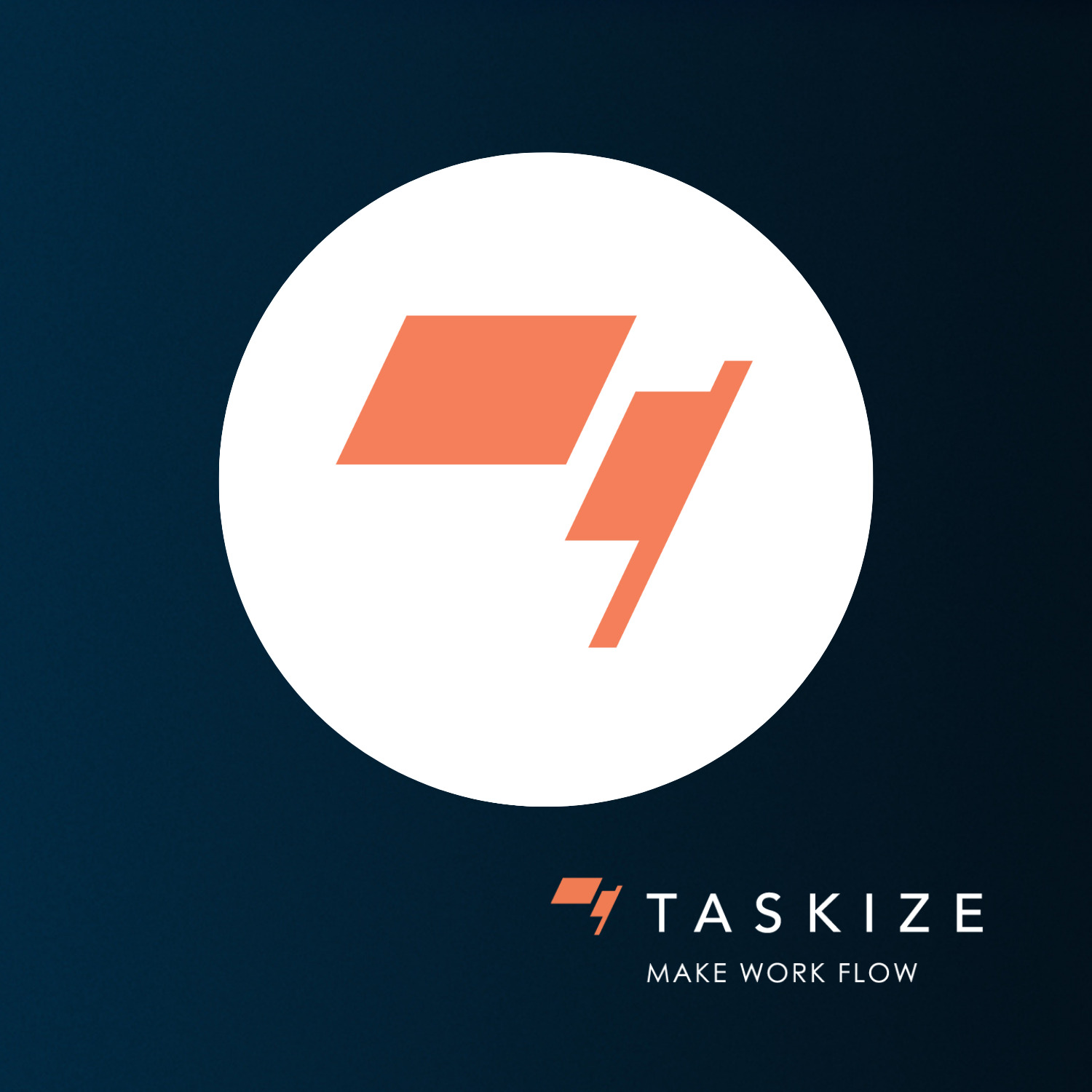T+1 in Europe: It’s all about cost control
In this new series of insights, we’ll look at T+1’s implications for Europe, and how financial institutions can best navigate the changes ahead.
From the end of October 2027, T+1 securities settlements will be the norm for most of Europe, i.e. the EU, UK and Switzerland.
Although North America encountered some minor glitches when it transitioned to T+1 last year, the implementation – overall – went quite smoothly. In contrast, the EU’s migration to T+1 is expected to throw up far more obstacles, and with it higher costs for the industry.
However, there are solutions available for financial institutions, as Taskize explains.
T+1 will put Europe to test
Rolling out T+1 in the EU is not going to be an easy task.
The EU is an incredibly diverse and complex market, and home to a vast number of financial market infrastructures, i.e. Central Securities Depositories (CSDs), Central Counterparty Clearing Houses (CCPs), and trading venues.
Unlike the US, where trades are settled and often cleared through a single entity – the Depository Trust & Clearing Corporation (DTCC), the EU has multiple CSDs and even more CCPs, due to the nature of its capital markets. EU members will often have their own national CSDs, and in some cases, there may be multiple CCPs within the same market – each supporting different asset classes.
“While it is true that there are more CSDs in the EU (27) than in the US, settlement volumes are actually quite concentrated in five CSDs, with Euroclear accounting for 60% of the settlement volume in the EU. While the EU has a higher volume of cross-border transactions due to its diverse markets, fixed income trades are predominantly handled by Euroclear and Clearstream. Equity trades, however, often involve cross-border activity and can be settled in various European CSDs,” said James Pike, Chief Revenue and Business Strategy Officer at Taskize.
He continued: “The complexity of implementing T+1 in the EU arises from the diverse markets, the cross-border nature of some activities, and other national legal barriers, which are being analysed by the recently formed T+1 governance structure. It is essential to recognise these multifaceted challenges to understand fully the impact of T+1 implementation in Europe.”
Another T+1 challenge unique to the EU is a direct result of the Central Securities Depositories Regulation’s (CSDR) Settlement Discipline Regime (SDR). The SDR levies cash penalties (and possibly even mandatory buy-ins eventually) on trading firms responsible for late or failed settlements. As and when settlement cycles are shortened from T+2 to T+1 in the EU, the number of fails will likely increase, leaving some financial institutions nursing hefty penalties.
Just as the US ran into problems during the early stages of T+1, so too will the EU.
In the US, a lot of operational resources had to be diverted to deal with T+1, with a Citi study highlighting that 44% of firms said T+1 had an impact on their middle and back office headcount1, while others reported a significant increase in their FX funding costs.
“One of the issues people do not really talk about when discussing T+1 is the impact of regulations such as Dodd-Frank and the Volker Rule. These post-financial crisis rules have forced banks and brokers to run much smaller inventories, due to the risk weighted capital requirements. This is making it harder for firms to settle with their existing inventories,” said Pike.
Expect these issues to manifest themselves when it is the EU’s turn to adopt T+1.
Getting the transition done seamlessly
The countdown to T+1 may be two years away in the EU, but firms are already beginning their preparations.
But, what exactly should they be doing?
Firstly, to ensure a seamless transition, financial institutions need to take a coordinated, joined-up approach when executing their T+1 game plan.
“Firms must orchestrate the various related teams, namely middle office teams, settlement teams, client servicing teams, asset servicing teams and securities lending and stock lending repo teams, so that they can work together in concert to enable seamless settlements,” said Pike.
Businesses should also be updating and improving their operating models in the lead up to T+1.
One easy win here, according to Pike, would be to make sure that traders and operations teams have a better understanding about what type of securities are sitting in their inventories ahead of settlement. “Right now, there is a disconnect between what is being traded and what is in the depot, and this creates a huge amount of work for settlement teams,” said Pike.
Automation is another key ingredient to making a success of T+1. “Increasing headcount is not the panacea to delivering on T+1. Financial institutions in the EU will need to use technology in a more sensible, thoughtful way if they are to effectively deal with T+1,” said Pike.
Achieving automation, however, is going to be easier said than done, especially as so many banks and brokers are still wedded to legacy or manual technology stacks.
Getting outside help
Impeded by rising costs, falling margins and volatile markets, a number of financial institutions are struggling to make the necessary investments into automating their systems ahead of T+1.
“This is where providers, such as Taskize can help,” said Pike.
In particular, Taskize has a proven track record of delivering better automation at firms, allowing businesses to replace email and manual workflows with something more seamless. Not only does this reduce the chances of human errors at firms, but it expedites operational processes, which ultimately translates into cost savings.
The platform’s real-time data analytics is also having a material impact on settlement efficiency.
“We are providing firms with the necessary data to eliminate fails caused by issues like missing attribution data, or in scenarios where people cannot diagnose what the problem is. This will also help reduce the number of queries from firms around settlement statuses. By working with FMIs like Euroclear, we can also provide clients with detailed data allowing them to accurately predict whether a trade will fail or not, enabling them to take corrective action accordingly,” said Pike.
The proof is in the pudding, with firms leveraging Taskize’s solutions reaping major efficiency benefits. For example, when using Taskize, Euroclear’s Client Services Team was able to resolve 70% of one leading bank’s settlement queries in less than two hours over a 13-month period, compared to 24% when communications were carried out over email.
The number of queries being solved for a separate client also jumped by 40%, again, a direct result of Euroclear’s adoption of Taskize.
As Taskize can facilitate enhanced automation, firms will spend less time processing Standing Settlement Instructions (SSIs), allowing for resources to be redeployed to more revenue-generating and business critical activities. Automation of the sort enabled by Taskize will help firms optimise their settlement processes, at a time when operating costs are rising elsewhere.
You May Also Like
These Related Stories

Embracing change in securities finance: 6 key insights from ISLA’s Annual Conference

InvestOps Connect 2024: Key insights shaping the future of investment operations

No Comments Yet
Let us know what you think